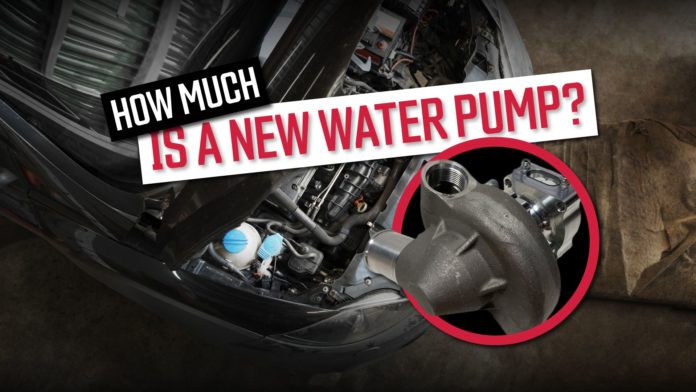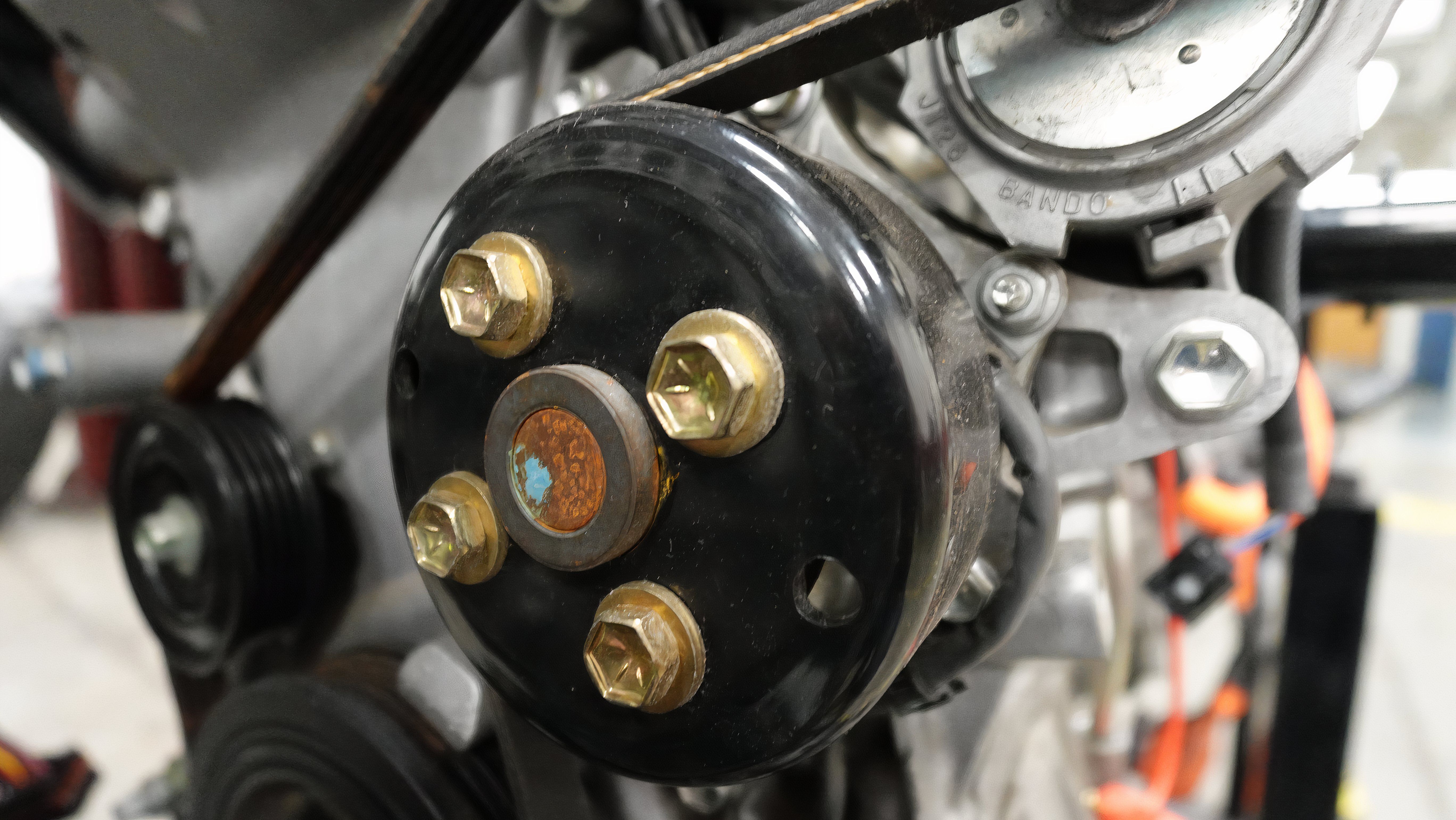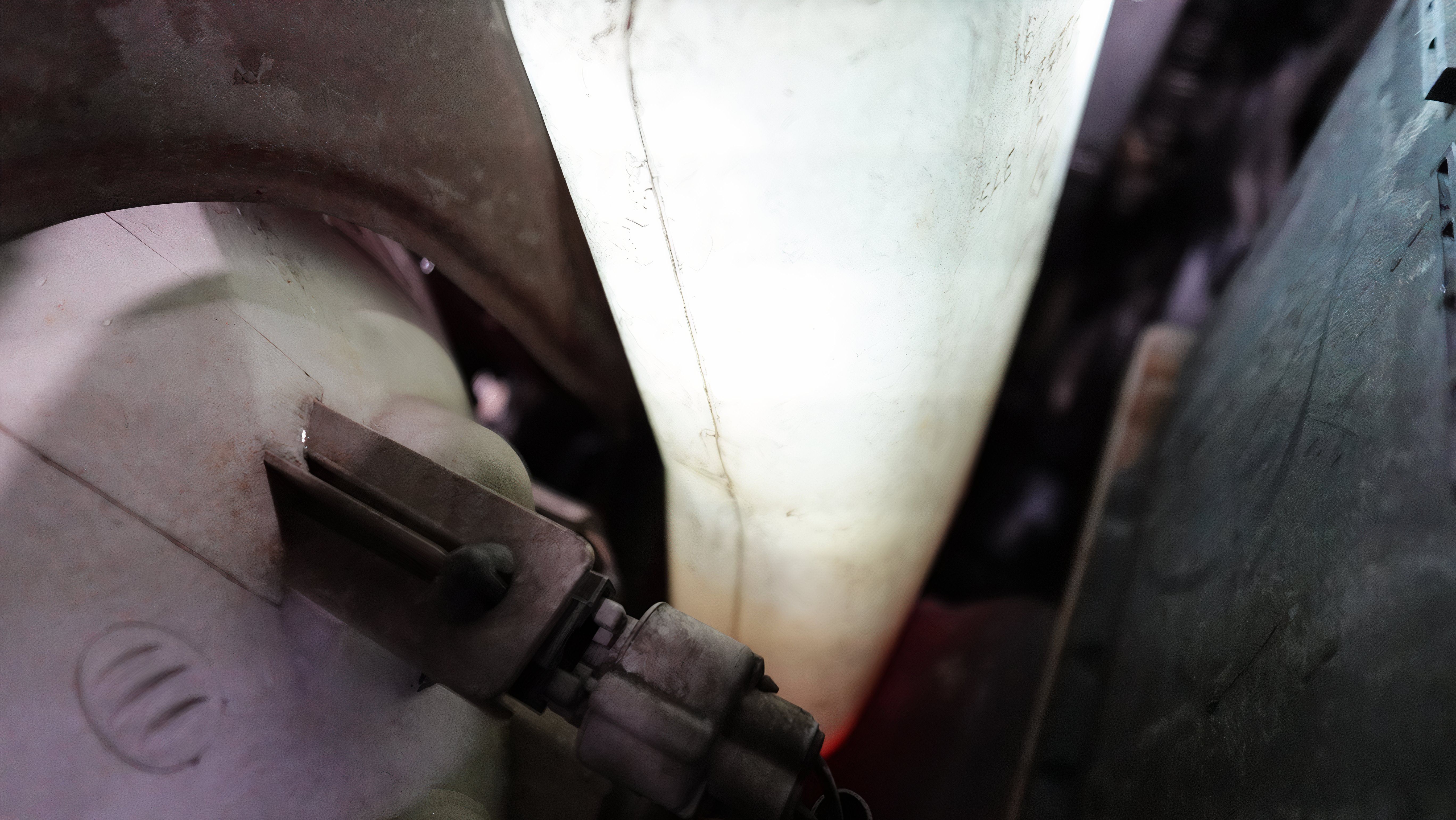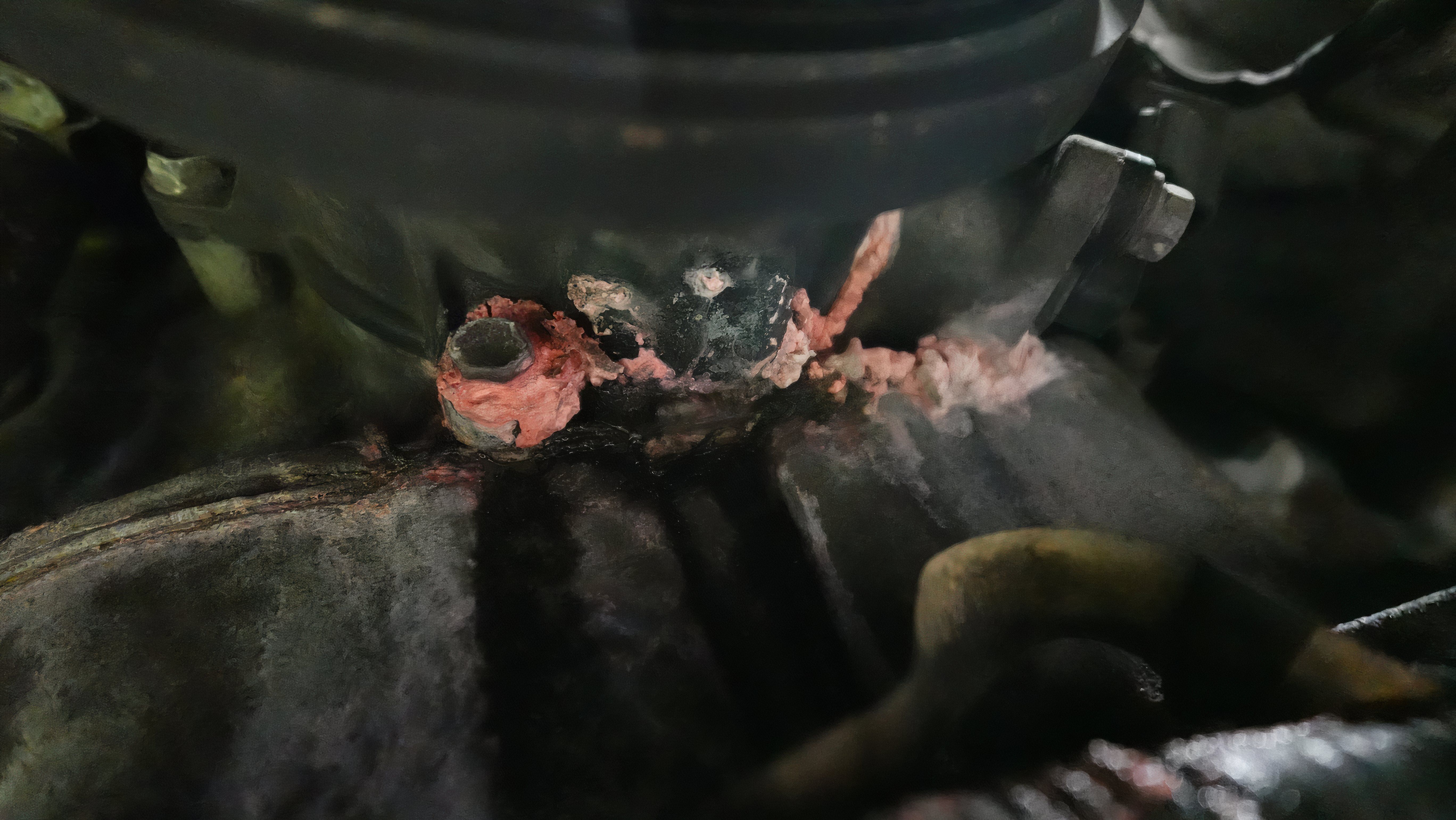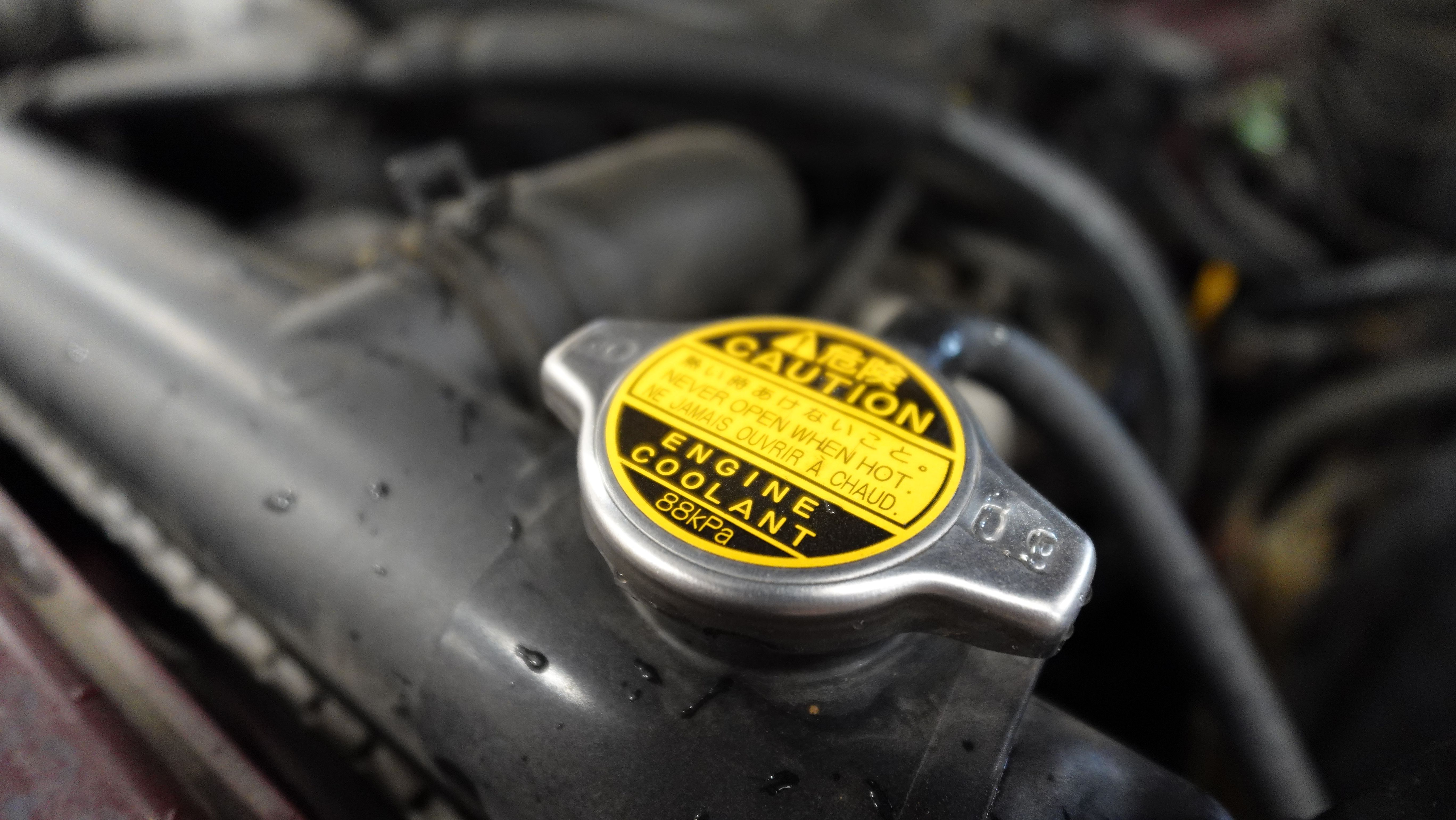Water-cooled engines use a water pump to circulate coolant throughout the engine. The coolant is responsible for removing heat from components to help reduce wear and maintain an optimal temperature. Engine coolant is a mixture of water and antifreeze. Water pumps play the crucial role of creating flow in the cooling system. However, these parts can unexpectedly fail, potentially leading to overheating and severe engine damage. In this article, we’ll give you the rundown on water pumps, including their location, the cost to replace a water pump, faulty water pump symptoms, and how to identify if your water pump is leaking.
Related
How Much Does A Timing Belt Replacement Cost?
If your engine’s timing belt breaks, severe damage can occur.
Where Is The Water Pump Located?
The location of the water pump will affect the water pump repair cost. The vehicle water pump is generally driven by an engine’s crankshaft via a belt or chain. Water pumps can be mounted externally if driven by an accessory belt or internally if driven by a timing belt/chain. Internal water pumps will be found behind the timing cover; these are harder to replace and typically cost more due to the increased labor times. External water pumps are typically less labor-intensive, leading to cheaper replacement costs.
Symptoms Of A Worn Water Pump
The following are common symptoms experienced when a water pump is worn or failing:
- Engine overheating
- Abnormal engine noise
- Leaking coolant
- Saturated timing belt
- Sweet odor from engine bay
- Insufficient coolant flow

Related
How To Deal With Car-Engine Overheating
Don’t let your car engine overheat; prevention is better than cure.
How To Identify A Bad Water Pump
Before you commit to a hefty repair bill or begin tearing into your engine, you’ll want to confirm the water pump needs to be replaced.
There can be several faults that lead to abnormal engine noise, overheating, and coolant leaks that aren’t because of the water pump. Always confirm the water pump is the actual cause of the symptoms before committing to repairs. This is done by inspecting the water pump.
Water Pump Inspection
The water pump can be visibly inspected for leaks and physically inspected for excessive wear. Inspecting internal water pumps will often require the removal of the timing cover. However, you can find signs of coolant leaking from the water pump on the lower edge of the timing cover. External water pumps are easier to inspect, usually only requiring an inspection mirror and flashlight. If the water pump is suspected of noise, the accessory belt should be removed and the water pump pulley should be inspected by hand. Water pumps should spin freely without binding. If the water pump pulley has play or feels ‘notchy,’ it should be replaced.
Leaking coolant will turn into a crust-like material.
Coolant System Pressure Test
Performing a cooling system pressure test will help you identify if a water pump or another component is leaking. The steps to performing a cooling system pressure test are:
- Select the correct adapter for your vehicle.
- Set the system pressure tester to the proper specification.
- Inspect the engine and cooling system for leaks.
- If coolant is found leaking from the water pump, it should be replaced.

Add CarBuzz to your Google News feed.
Important Pressure Testing Tips
- Always select the correct adapter (the correct adapter looks similar to the pressure cap’s appearance).
- NEVER exceed the rated system pressure while testing. This can cause damage to seals and gaskets.
- You should only have to monitor cooling system pressure for about 2 to 5 minutes. If no change in pressure is detected, the cooling system is properly sealed.
- If the system pressure drops, a leak is present in the system and further inspection is required. Common areas that leak other than the water pump include the radiator, thermostat housing, cooling hoses, and heater core.
How To Replace A Water Pump
Replacing a water pump can either be straightforward and easy or comprehensive and involved. This entirely depends on what make/model of vehicle you have and what the engine design is. We’ll cover external water pump replacement as this is how most vehicles are designed. Begin by getting the required coolant, tools, and parts.
Most engines require at least two gallons of 50/50 mixed coolant.
The following are some of the steps involved with replacing a water pump:
- Allow the engine to cool.
- Drain the engine coolant from the radiator.
- Remove the accessory drive belt.
- Remove the water pump pulley (if applicable).
- Remove the water pump mounting fasteners.
- Gently pry the water pump to remove it.
- Remove old gasket material using a gasket scraper or razor blade.
- Install new water pump and gasket.
- Reassemble.
- Bleed air from the cooling systems.
How Much Does A Water Pump Replacement Cost?
RepairPal provides an average estimate of $730 to $900 for a water pump replacement. This is how much you can expect to replace a water pump on average, including labor. Overall, there are a number of factors that dictate the cost of water pump replacement. Labor time, component cost, coolant type and quantity, accessory belt replacement, and additional services such as a cooling system flush can all drive up the cost.
On a vehicle such as an Audi Q5 equipped with a 2.0-liter engine, the water pump replacement can be as high as $1,400.
Another example is a BMW X5; for this luxury SUV, these water pump replacements can cost around $1,100.
For vehicles such as a Honda Civic or Toyota RAV4 that utilize an external water pump, a water pump replacement will be a little less, costing around
$450 to $600.
Ultimately, a failing water pump can be costly, but it is definitely a repair that needs to be done to prevent major engine damage. Some water pump replacements require the replacement of a timing belt simultaneously. For these water pumps, we recommend letting the pros handle it to prevent engine damage. For external pumps, if you’re competent with a set of basic tools, you can likely handle the repair yourself.
Component Cost Estimates
| Component | Cost Estimate |
| Water pump | $50 – $120 |
| Engine coolant | $20 – $60 |
| Accessory belt | $20 – $55 |
| Timing belt component kit* | $300 – $400* |
| *Internal water pump | |

